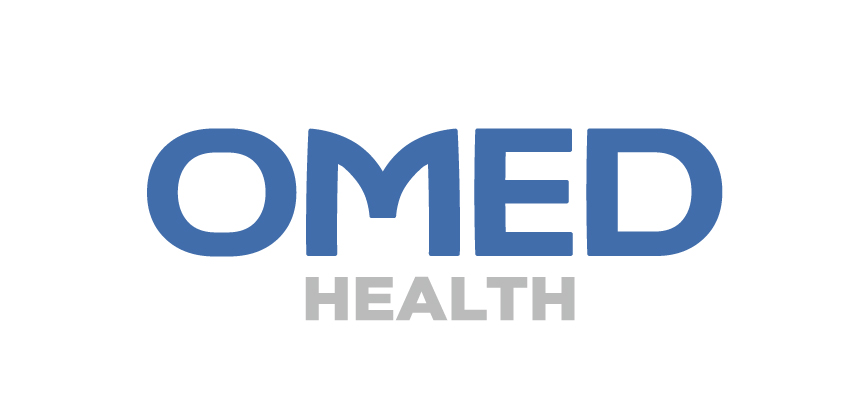Food intolerances: Need to knows in our eBook
How do you diagnose whether you have a food intolerance, and how can you manage it for improved gut health? Read our ebook to find out more.
Are you confused about the difference between a food intolerance, allergy, and sensitivity? The book kicks off with a discussion on the differences between the three conditions before taking a deeper dive into food intolerances. Food intolerances are thought to be common in the population and can cause uncomfortable digestive health symptoms such as nausea, bloating, abdominal pain, and changes to your normal bowel movements. However, they can be difficult to diagnose and there are a lot of myths surrounding the condition, leaving many people confused on how to manage their condition and alleviate their symptoms.
What are food intolerances?
Our diet could hold the key to identifying the underlying causes of some of the digestive health symptoms experienced by a wide range of people. It is thought that many people could have undiagnosed food intolerances and other underlying conditions that can be treated and managed to restore health and wellness.
Although food intolerances are not life-threatening, they can significantly affect the quality of life of sufferers through their uncomfortable digestive health symptoms such as nausea, bloating, abdominal pain, and changes to normal bowel movements. Food intolerances are often caused by the lack of an enzyme needed to break down and digest the specific food or ingredient – for example, people with lactose intolerance (contained in milk) naturally do not produce enough of the enzyme lactase that is required to break it down.
Despite how common food intolerances are, there is still much that is not known about their mechanisms, and how many different intolerances there are. For example, between 5-15% of the global population is thought to suffer from some kind of gluten intolerance. Gluten intolerance is when people suffer from uncomfortable gut symptoms after consuming the protein gluten, which is found in wheat and wheat-based foods. However, it is not clear whether these symptoms are caused by the gluten protein or other proteins found in wheat – making diagnosis and treatment tricky.
“The myths and truths sections are really good. Busting myths surrounding gut health issues makes it easier for me to understand what will truly help me improve my gut health”, quote from one of our eBook readers, Kasia.
What is inside our food intolerances eBook?
Once identified, food intolerances can be easy to manage – simply reducing or removing the food you are intolerant to, can significantly improve the symptoms experienced. There are a few ways to diagnose a food intolerance. Healthcare professionals often use breath tests to diagnose food intolerances such as lactose intolerance or fructose intolerance.
If you have a lactose or fructose intolerance, the sugar you are intolerant to is not absorbed by your body so the microbes living in your large intestine convert them into hydrogen and methane. These gases can be absorbed into your blood where they can make their way into the lungs to be exhaled in the breath.
Our Food Intolerance eBook explores different topics including the differences between food intolerances, food sensitivities, and food allergies, the different food intolerance tests to diagnose food intolerances, and how can you manage them for improved gut health. We also answer important questions such as:
- What are the most common food intolerances?
- How do I find out what foods I’m intolerant to?
- How do you test for a food intolerance?
Fill out the form to download our new eBook and find out!
This eBook and its contents are for general information purposes only and they do not constitute or act as a substitute for professional medical advice, diagnosis, or treatment. You should always seek the advice of your own healthcare professional in relation to your personal medical concerns or suitable treatment.



